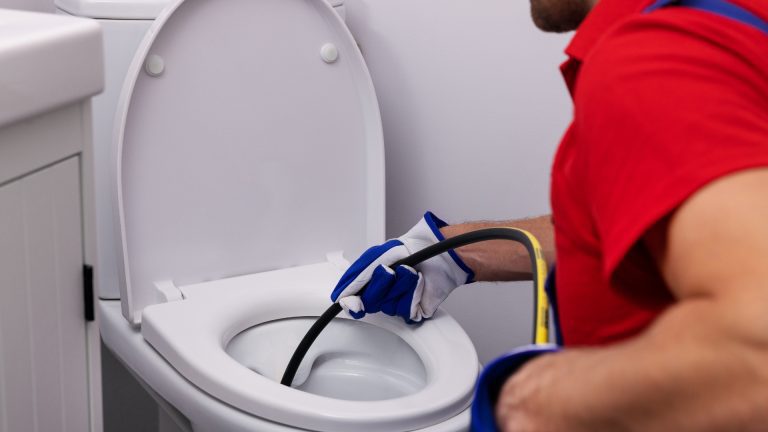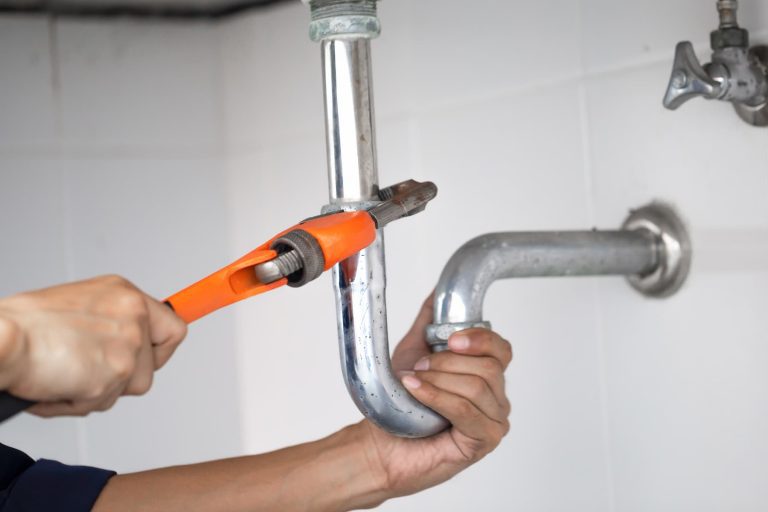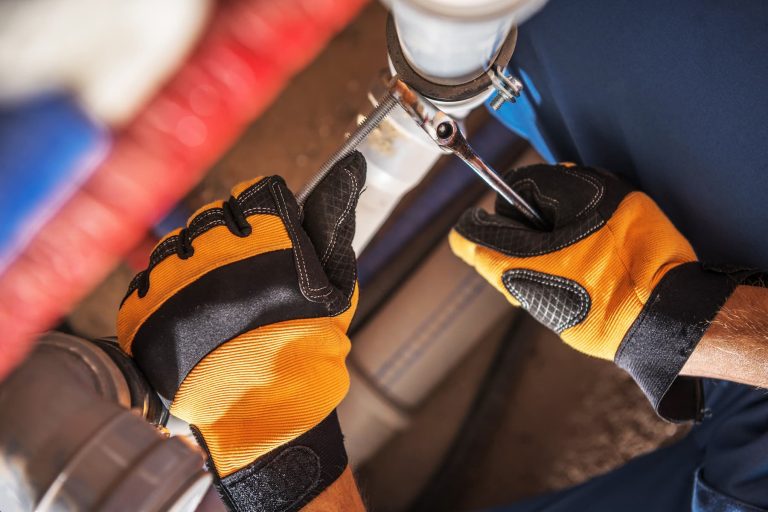Putman & Sons Plumbing Wishes You a Happy New Year
As the clock ticks to midnight, let go of the old and embrace the new. Happy New Year, time travelers! ⏰🎆

As the clock ticks to midnight, let go of the old and embrace the new. Happy New Year, time travelers! ⏰🎆

Holiday Sale $100 off water heater installation (when purchased as package deal through Putman & Sons) $25 off sump pump installation $25 off garbage disposal installation

Jingle bells, jingle bells, jingle all the way—wishing you a Christmas that’s merry and full of sleigh! 🛷🔔

In the intricate world of plumbing, clogs and blockages are common adversaries, disrupting the flow and functionality of our essential systems. One powerful weapon in the arsenal of professional plumbing services is hydro jetting—a high-pressure cleaning method designed to obliterate stubborn obstructions in your pipes. Learn about the effectiveness of hydro jetting and how Putman…

In an era where environmental consciousness is paramount, every drop of water saved at home contributes to a sustainable future. This blog delves into the importance of water conservation and offers practical tips for reducing water usage within your household. Discover how Putman and Sons Plumbing is not just your plumbing service provider but also…

As the December chill settles in, your home becomes vulnerable to a common winter woe: frozen pipes. When temperatures drop, the water within your plumbing lines can freeze, leading to potential bursts and significant damage. Explore effective strategies to prevent frozen pipes during December’s icy grip and highlight how Putman and Sons Plumbing is here…